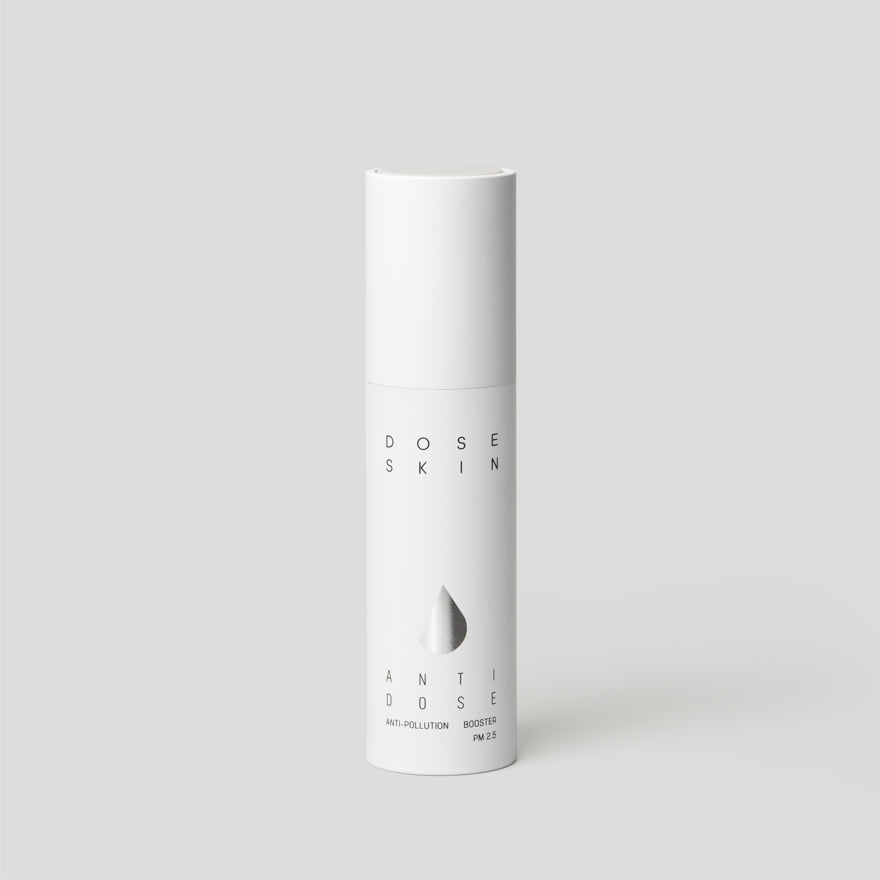Source
White tea is made with the most delicate young leaves and buds of the tea plant (Camellia Sinensis), an evergreen shrub native to China and other parts of East Asia. The name comes from the fine silvery hairs that are still present on the tea leaves when they are harvested to make white tea.
Science
Studies have shown that Camellia sinensis is rich in compounds with protective effects against cell damage and aging. Because it’s minimally processed and made from the closed buds and young leaves of the plant, white tea preserves a high quantity of natural actives. It’s especially rich in phenolic compounds and catechins, which are some of the most extensively documented and proven natural anti-aging ingredients. One of the ways they slow down skin aging is by inhibiting the action of collagenase and elastase, proteins that break down collagen and elastin.
In addition to their anti-collagenase and anti-elastase activity, the polyphenols in tea provide a chemical defense against UV radiation, with powerful antioxidant and anti-inflammatory properties.
The EGCG catechins in tea have been shown to stimulate detoxification and reactivate dying cells in the epidermis, with a wide range of potential benefits for psoriasis, rosacea, wound healing, and fine lines.
Studies
Journal of Inflammation, October 2011, page 27
BMC Complementary and Alternative Medicine, August 2009, page 27
Experimental dermatology, May 2009, pages 522-526
Food Chemistry, October 2008, pages 852-858
